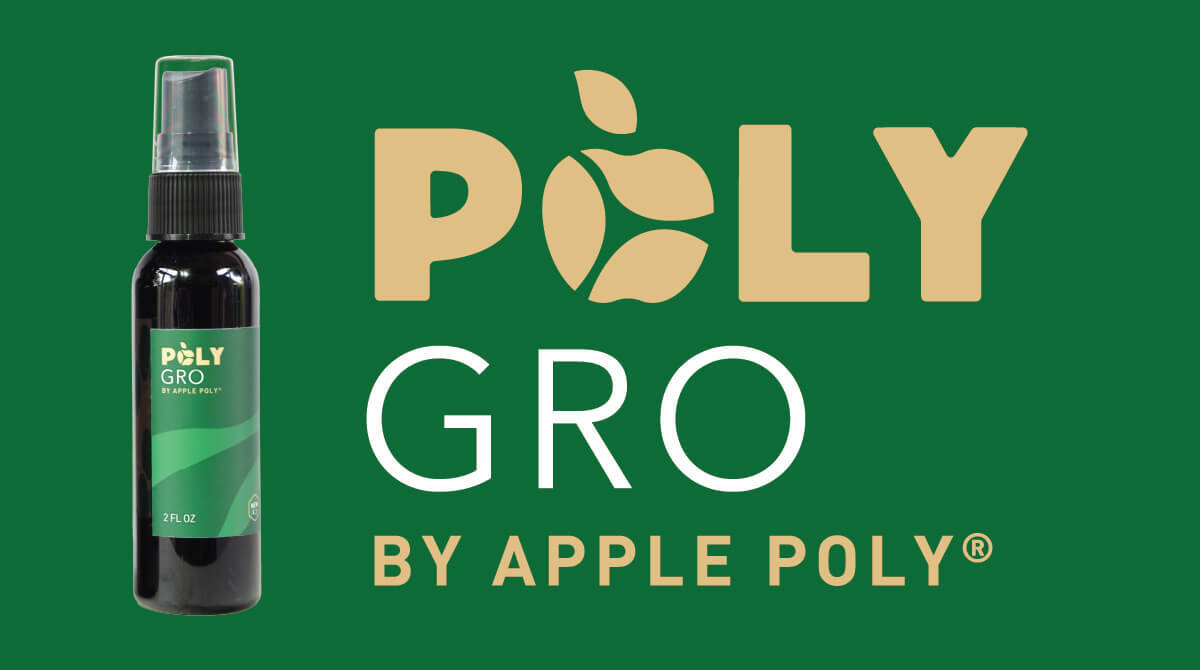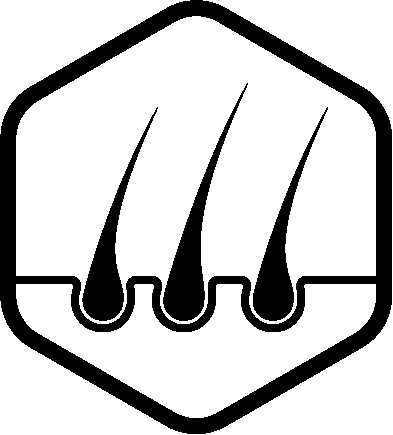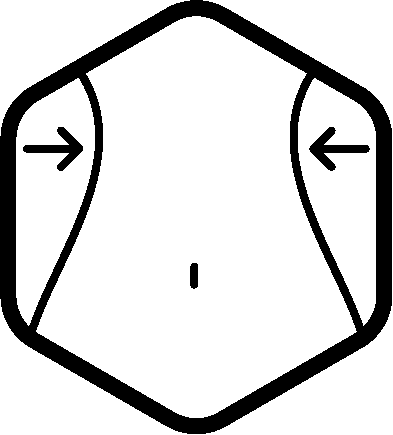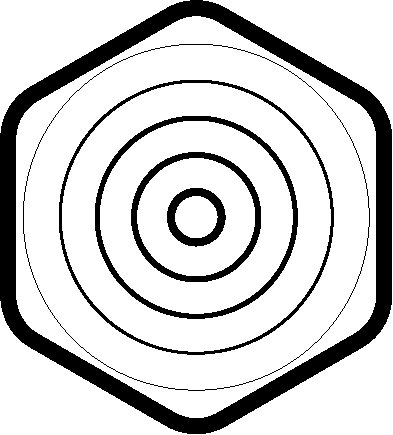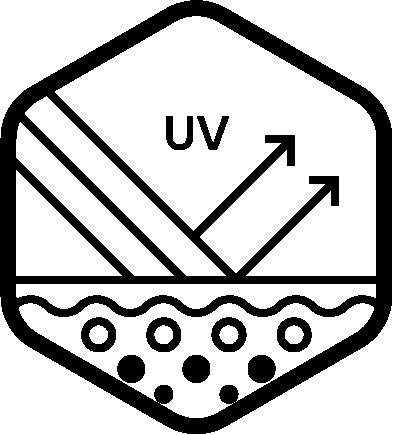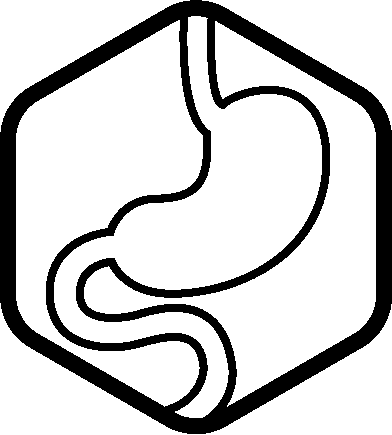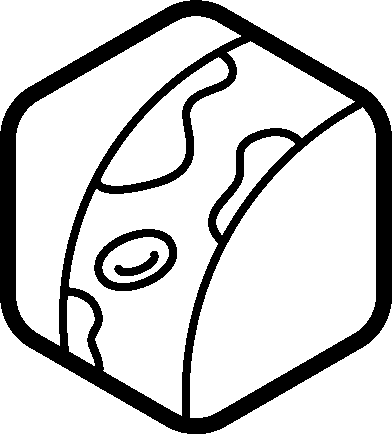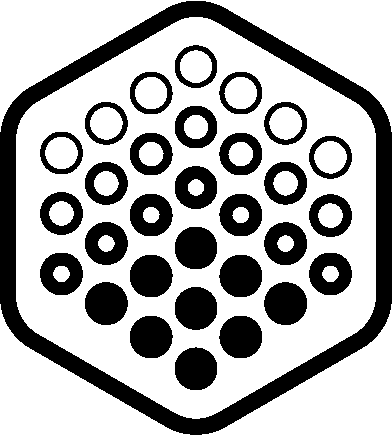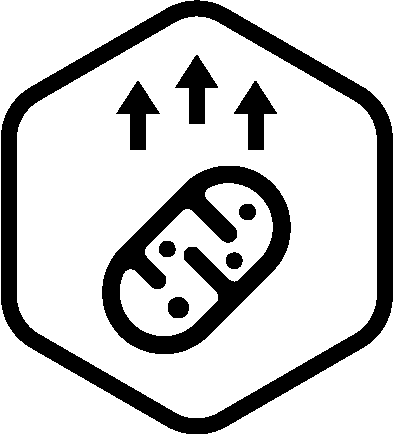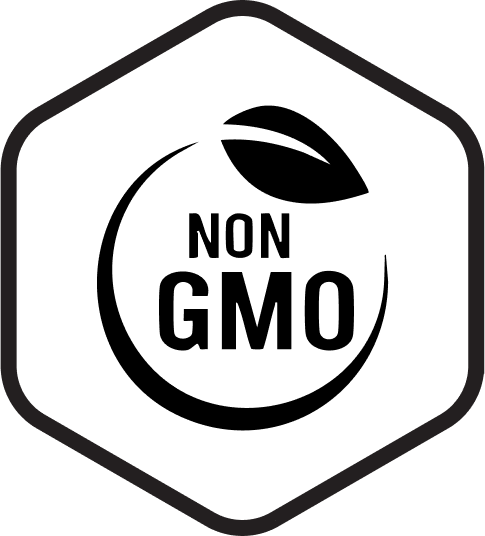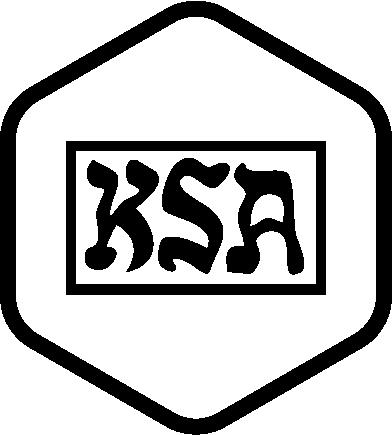2024-07-13
Laboratory study
Apple pomace extract (APE) at 10, 50, 100 μg/mL on human dermal fibroblasts (skin matrix cells)
Why is this study important? This in vitro study demonstrates that polyphenol-rich apple pomace extract (APE) stimulates human skin fibroblast proliferation and boosts the production of type I collagen and hyaluronic acid—two key components of youthful, hydrated skin. It highlights the potential of upcycled apple waste as a bioactive ingredient for skin regeneration and anti-aging applications.
In Plain English: Scientists tested a natural extract made from leftover apple pulp to see if it could help skin cells grow and stay healthy. The results showed that it helped skin cells multiply and make more collagen and hyaluronic acid—two things that keep skin firm, smooth, and hydrated. This suggests that even apple leftovers might help your skin look younger.
For Medical Professionals: This in vitro study evaluated the effects of apple pomace extract (APE) on human skin fibroblasts (HSFs). APE significantly increased HSF proliferation at 10–20 µg/mL and upregulated HAS1–3 while downregulating HYAL1, enhancing hyaluronan synthesis and reducing its degradation. ELISA confirmed increased secretion of type I collagen and hyaluronic acid. Western blotting revealed phosphorylation of ERK and Akt, suggesting activation of proliferative and survival pathways. GO analysis indicated enrichment of mitosis-related terms. These findings support APE as a potential dermonutrient for ECM remodeling and skin anti-aging interventions.

